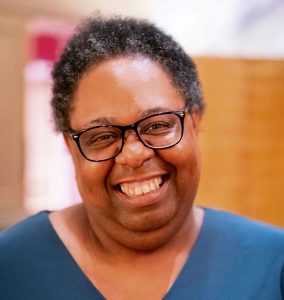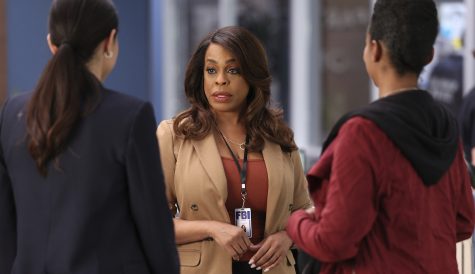
After more than 35 years of operation, TBI is closing its doors and our website will no longer be updated daily. Thank you for all of your support.
Diversity: Changing the guard
Deborah Williams questions whether the industry has really set out to tackle inclusivity and representation or is just making token gestures
They say that a year is a long time in politics. Welcome to my world! A year in diversity is like five years in politics. And everything happens at a glacial pace.
So here we are. Five years since Diamond – the world’s first online monitoring system for diversity demographics in broadcasting – delivered its first set of data in 2017.
Next month, the Creative Diversity Network is publishing The Fifth Cut: Diamond @ 5. It’s a summary of the last five years’ worth of data and conclusions on how effective the recommendations we have made, and the activities that we and our members have carried out, have been.
It’s an opportunity to celebrate the fact that Diamond is doing exactly what we said it would do. And that the industry can no longer say that they don’t have enough evidence about diversity. We all now have the data.
Perhaps in some ways the industry always knew the facts, but just didn’t want to accept them.
But it’s a challenge to celebrate when the vast majority of people who are applauded for commissioning and producing content, who run production companies and broadcasters, are still from such a narrow range of backgrounds. Not just in their diversity but also the way they think, their understanding and view of the world.
This issue of TBI celebrates the London TV Screenings, with buyers and distributors gathering to view the best of British and international content. I’d like to think that diversity plays a part in these conversations. How does the programming represent the world it’s intended for, not just the faces on screen but the writers, the directors, the crews that are making it and most importantly – who is making the money out of it?
I’d like to think buyers look for content that doesn’t just fit neatly into the space that they’ve already created. In academia, the phrase ‘add women and stir’ has been around for a while. Too much thinking in our industry is simply about adding black, lesbian or disabled people into a project and stirring, or shoehorning a poor white person into a show in place of a rich white person to increase diversity.
Well, I’m here to tell you that stirring doesn’t always work. It’s like plant-based milk – it changes very little. It just tastes a bit different. And is a bit different good enough?
Is your contribution making real change or making things just a bit different? And if it’s the latter, are you happy with that?
Will ‘a bit different’ maintain the UK’s position in the global marketplace? Will it increase inward investment, or the export of TV content to buyers around the world?
If it won’t, then we need to try something more profound.
We recently saw the passing of Beryl Vertue, a game-changing leader in our industry. She was just one of a number of women celebrated for bursting through the glass ceiling. But are these successes being replicated more widely?
The answer is no and it is because the space isn’t being made for them. Despite all the programmes created and designed and rolled out and championed, there is still a real lack of diversity at senior levels in decision-making positions.
I’d argue that is because proper knowledge, wealth and skills are not being valued. Most initiatives are designed for entry level – for teaching people how television works instead of utilising transferable skills.
It’s not good enough. We need to think about a real changing of the guard at senior level. If that doesn’t happen, we won’t succeed and our industry will be in danger of being crushed by our own arrogance.
As we celebrate five years of Diamond and the evidence and knowledge it provides, I’m saying ‘the ball is in your court. Now you do know, what are you going to do about it?
Deborah is executive director at the UK’s Creative Diversity Network and has worked in arts, culture and the creative industries for more than three decades



